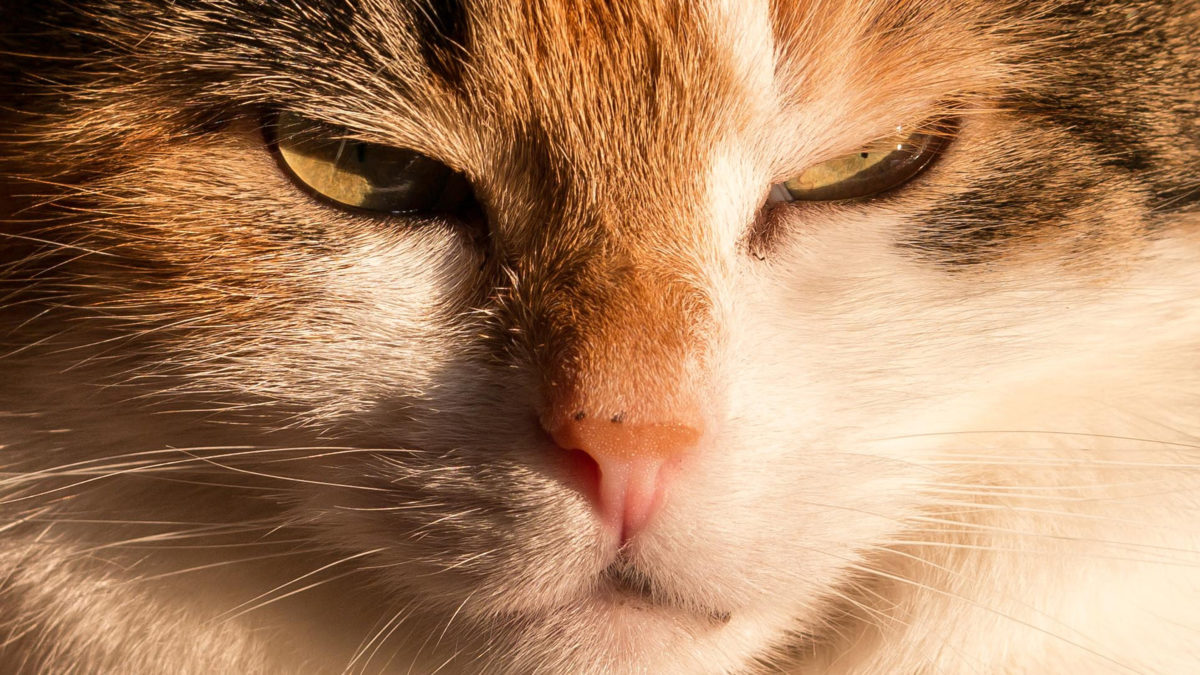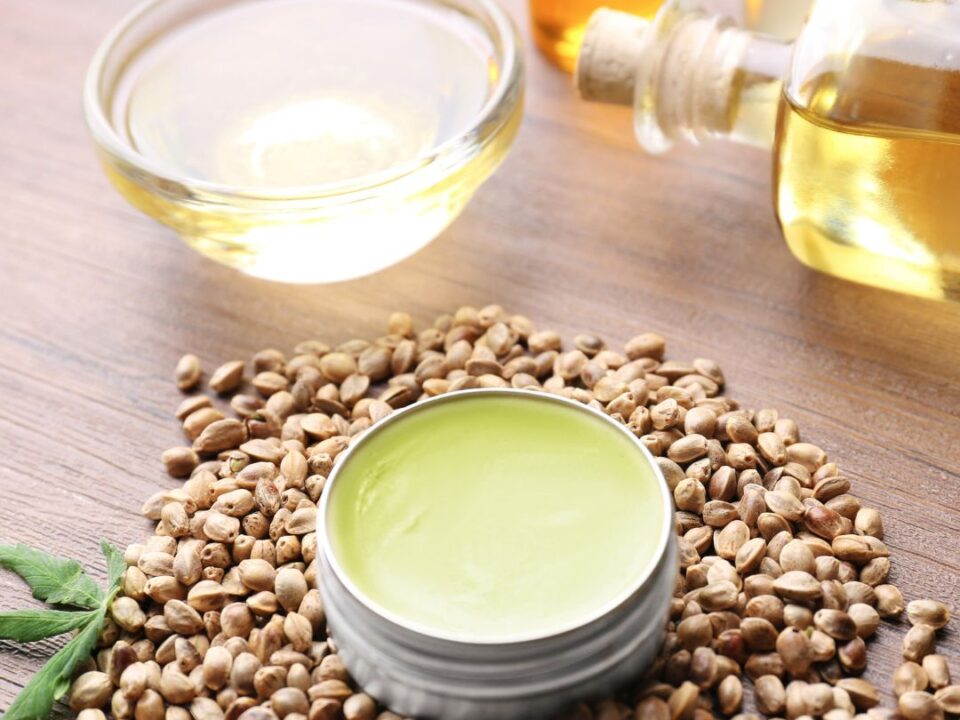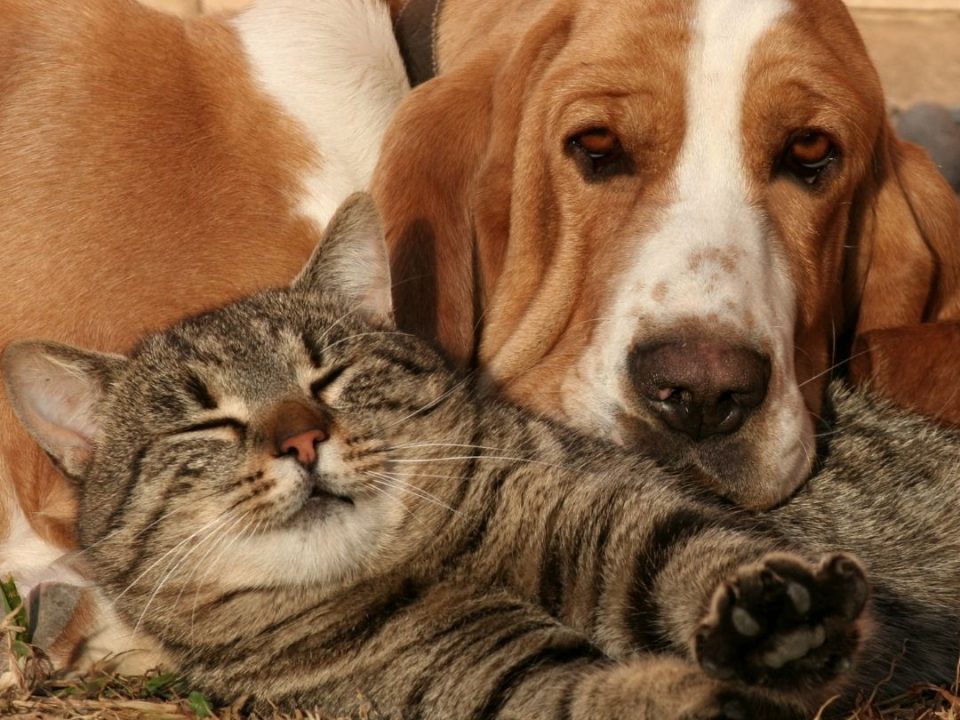
Keeping your Cat happy with CBD
It takes a special kind of someone to love a cat. After all, they’re often way less forthcoming with their affections than their canine counterparts. And in those instances where they feel like demonstrating their love for you, it’s usually by using your lap as a cushion or lacerating your forearms with a series of playful bunny kicks. They are, after all, nature’s ultimate predator! And while evidence shows that they domesticated themselves, they never forget to remind us who’s really in charge of the household.
Yet, for cat owners, there’s no pleasure so pure as the feeling of a rumbling, purring kitty snuggling up on your lap. Or the long slow blinks that cat lovers call “cat kisses” which are your cat’s way of letting you know that they love and trust you.
Nonetheless, the home can be a frustrating and anxious environment for some cats. These natural hunters have a set of instincts that are often at odds with domestication. Especially if your circumstances (or their needs) dictate that they must be permanent indoor cats. As such, it behooves all cat lovers to recognize the signs of anxiety in cats and know the best way to calm them down in a healthy, natural way.
Spotting the signs of anxiety in cats
Even when they’re not headbutting us to get our attention or reminding us that it’s dinner time with a series of sharp “meows”, our cats are actually communicating with us all the time. Their tails alone will provide a clear indication of their mood if you know the signals. A twitching or lashing tail can demonstrate frustration or irritation while keeping the tail underneath or next to the body can indicate fear. A slow and languid tail movement indicates concentration while a high and hooked tail indicates that your cat is approaching you with friendly intentions.
Of course, the tail isn’t the only way in which your cat might be telling you that they feel anxious or upset. Other telling behaviors include;
Mood swings- Does your cat seem more aloof than usual, or maybe more affectionate to the point of being needy? Are they following you around more than they used to and loath to leave your side? These can all point to increased anxiety.
Not using the litter tray- No cat owner relishes the smell when a cat uses the litter tray. But when they appear not to be using it at all, this can be even more distressing. If your cat is using the litter tray markedly less, this can also point to increased anxiety.
Excessive vocalization- Does your cat appear to be meowing more than usual? Excessive vocalization could be your cat’s way of trying to let you know that all is not well with their emotional state.
Hiding- As natural hunters, cats will hide or seek the high ground when they feel stressed or vulnerable. If your cat seems to be spending more time atop your wardrobe or behind your refrigerator, this may be a sign that something’s awry.
Changes in weight or appetite- Stressed cats may experience fluctuations in appetite, venturing to their food bowl less than usual. Vomiting is also a common sign of anxiety in cats.
More destructive behaviors- If your cat is stressed out or frustrated, they may react by clawing furniture, attacking house plants or other unwelcome behaviors.
So, what can you do about it?
It can be very upsetting when your cat exhibits signs of anxiety. Your first port of call should be to consult your vet to find out if your cat is in an anxious state because of pain caused by a medical condition. They can help you to treat the cause while you focus on helping your cat with the symptoms of stress and anxiety.
Make sure your cat has plenty to play with
A 2017 report by the World Health Organization deemed the use of CBD perfectly safe for cats, although it’s important to ensure that you buy CBD products from a brand you trust as regulation has yet to catch up with this fast-growing industry.
How to administer CBD for cats
The good news for cat owners is that there are lots of ways in which CBD can be administered to their feline friends (who can be notoriously tricky when it comes to taking their medicine).
These include delicious CBD infused treats, tinctures administered orally, added to food, or even topical massage into the skin. Whichever works best for your pet and helps them to feel the most comfortable.
While CBD (or any of the other solutions above) is no substitute for identifying and eliminating the causes of anxiety, it can go a long way towards keeping your cat calm, healthy, and happy.
Cats get bored quickly. As such, you need to ensure that they have plenty to keep them occupied around the home, especially if you’ll be leaving them alone when you go to work. Despite their reputation as solitary hunters, like their canine friends, cats are also prone to separation anxiety.
Use pheromone sprays and plug-ins
Like many mammals, cats release pheromones to mark their territory and help themselves to feel at home. Every time your cat gives you one of their affectionate head butts, they’re releasing pheromones through glands in their faces to mark you as “theirs”. Sprays and plug-ins can help to make your cat feel that all is well by replicating the scents cat’s natural pheromones. This helps them to feel more comfortable and secure in their territory and less prone to anxiety.
While you shouldn’t rely exclusively on these solutions, they can be effective in assisting other measures.
Use CBD
Most of us have heard all about the efficacy of CBD to combat stress, anxiety, and depression in humans. Studies from 2014 indicated that CBD can help to ease anxiety not just in humans but all mammals since we and our feline friends both have an endocannabinoid system (ECS). Not only can it help to ease anxiety in cats, but it’s also a great way to relieve inflammation and joint pain from conditions like arthritis. It can also help to ease vomiting and improve appetite. Therefore keeping your cat happier and healthier.




